In 2025, the hair repair industry is experiencing a transformative surge, driven by innovative products and evolving consumer preferences. As the demand for healthier, more resilient hair grows, businesses in the beauty and personal care sector are keen to stay ahead of the curve. This guide delves into the buzz surrounding hair repair products, exploring their popularity, social media trends, and market potential.
Table of Contents:
– Understanding the Buzz Around Hair Repair Products
– Exploring the Most Sought-After Hair Repair Products
– Addressing Common Hair Repair Challenges
– New and Innovative Hair Repair Products to Watch
– Wrapping Up: Key Takeaways for Sourcing Hair Repair Products
Understanding the Buzz Around Hair Repair Products
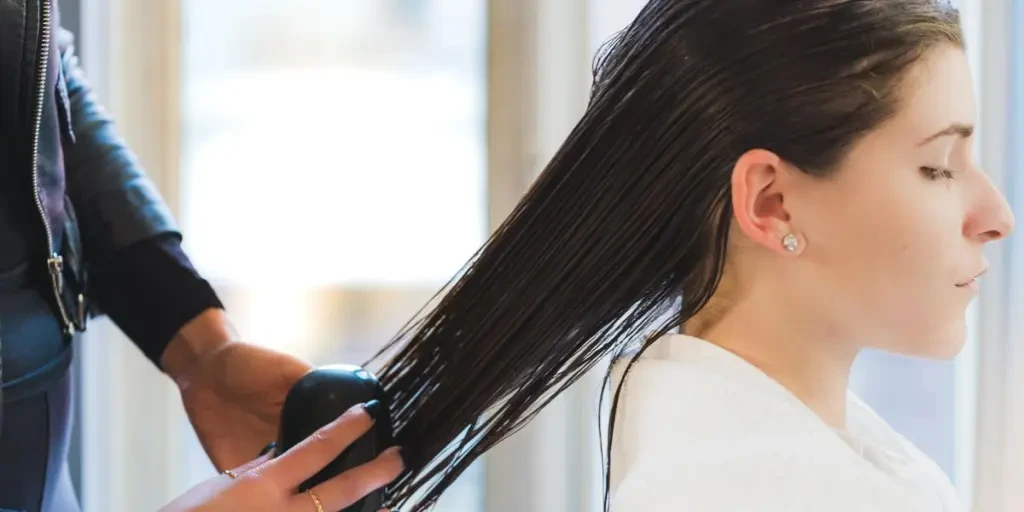
What Makes Hair Repair Products So Popular?
Hair repair products have become a staple in the beauty routines of many, thanks to their promise of restoring damaged hair to its former glory. The allure lies in their ability to address common hair issues such as dryness, split ends, and breakage, which are often exacerbated by environmental stressors and frequent styling. According to a report by Research and Markets, the global hair care market is projected to grow from USD 90.80 billion in 2024 to USD 107.31 billion by 2029, with a CAGR of 3.40%. This growth is fueled by consumers’ increasing awareness of hair health and a shift towards premium and luxury hair care brands.
Social Media Trends and Hashtags Driving Demand
Social media platforms have played a pivotal role in amplifying the popularity of hair repair products. Hashtags like #HairGoals, #HealthyHairJourney, and #HairTransformation have garnered millions of posts, showcasing before-and-after results that captivate audiences. Influencers and celebrities frequently endorse these products, further boosting their appeal. The trend towards natural and organic ingredients is also gaining traction, with hashtags such as #CleanBeauty and #VeganHairCare highlighting the shift towards more sustainable and ethical beauty choices.
Market Potential and Growth Areas
The market potential for hair repair products is vast, with several key areas poised for significant growth. Multifunctional products that address multiple hair concerns in one formulation are particularly popular, as they offer convenience and efficiency. Additionally, the rise of e-commerce has made it easier for consumers to access a wide range of hair repair products, contributing to market expansion. According to a professional report, the hair care stores market is expected to grow from $177.04 billion in 2024 to $234.14 billion in 2028, driven by factors such as the integration of health and wellness considerations and innovations in ingredients.
In conclusion, the hair repair industry is on an upward trajectory, with social media trends and consumer preferences driving demand for innovative and effective products. As businesses navigate this dynamic landscape, staying attuned to these trends and leveraging the market potential will be key to success.
Exploring the Most Sought-After Hair Repair Products
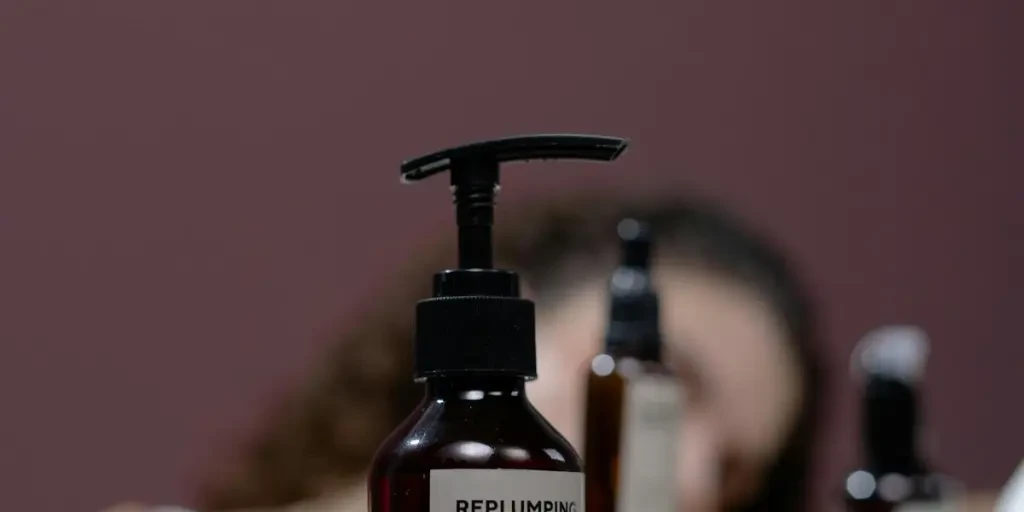
Top Ingredients to Look for in Hair Repair Solutions
When sourcing hair repair products, understanding the key ingredients that drive efficacy is crucial. Ingredients such as keratin, biotin, and argan oil are highly sought after due to their proven benefits in restoring hair health. Keratin, a protein naturally found in hair, helps to rebuild the hair shaft, making it stronger and more resilient. Biotin, also known as vitamin B7, supports hair growth and strengthens hair follicles, reducing breakage. Argan oil, rich in essential fatty acids and vitamin E, provides deep hydration and nourishment, making hair softer and shinier.
Another essential ingredient is hyaluronic acid, which is known for its ability to retain moisture. This ingredient is particularly beneficial for dry and damaged hair, as it helps to restore hydration levels and improve hair elasticity. Additionally, peptides are gaining popularity in hair repair formulations. These short chains of amino acids penetrate the hair shaft, repairing damage from within and promoting overall hair health.
Pros and Cons of Different Hair Repair Product Types
Hair repair products come in various forms, each with its own set of advantages and disadvantages. Shampoos and conditioners are the most common types, offering convenience and ease of use. They are typically formulated with mild surfactants and conditioning agents that cleanse and nourish the hair without stripping it of its natural oils. However, their effectiveness may be limited compared to more intensive treatments.
Hair masks and deep conditioners provide a more concentrated dose of reparative ingredients. These products are designed to be left on the hair for an extended period, allowing the active ingredients to penetrate deeply and repair damage. While highly effective, they require more time and effort to use, which may not be suitable for all consumers.
Leave-in treatments, such as serums and oils, offer the benefit of continuous protection and nourishment throughout the day. These products are lightweight and can be applied to damp or dry hair, making them versatile and easy to incorporate into a daily routine. However, they may not provide the same level of deep repair as masks or conditioners.
Consumer Feedback and Effectiveness Ratings
Consumer feedback is a valuable resource for business buyers when evaluating hair repair products. Products that consistently receive high ratings for effectiveness and user satisfaction are more likely to succeed in the market. For instance, Olaplex No.3 Hair Perfector is highly praised for its ability to repair and strengthen damaged hair, with many users reporting noticeable improvements in hair texture and resilience after just a few uses.
Similarly, the Kérastase Resistance Masque Force Architecte is well-regarded for its intensive repair properties. Consumers appreciate its ability to restore strength and elasticity to brittle, damaged hair. On the other hand, some products may receive mixed reviews due to factors such as scent, texture, or packaging, which can impact overall user experience.
Addressing Common Hair Repair Challenges
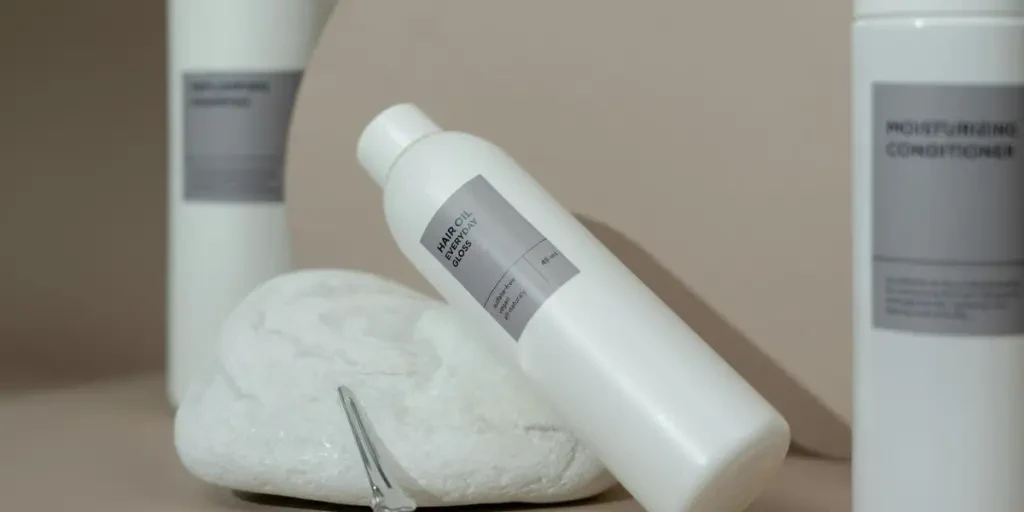
Identifying Key Consumer Pain Points
Understanding the common challenges consumers face with hair repair is essential for sourcing effective products. One of the primary pain points is dealing with hair breakage and split ends. Consumers often struggle to find products that can effectively repair and prevent these issues without weighing down the hair or making it greasy.
Another significant challenge is managing frizz and dryness, especially for those with curly or textured hair. Many consumers seek products that can provide long-lasting hydration and frizz control without the use of harsh chemicals. Additionally, scalp health is a growing concern, with many individuals experiencing issues such as dandruff, itchiness, and sensitivity.
Effective Solutions for Common Hair Repair Issues
To address hair breakage and split ends, products containing hydrolyzed proteins, such as keratin and silk proteins, are highly effective. These ingredients help to strengthen the hair shaft and reduce breakage. For frizz and dryness, products formulated with natural oils, such as coconut oil and shea butter, provide deep hydration and smooth the hair cuticle, reducing frizz and enhancing shine.
Scalp health can be improved with products containing soothing and anti-inflammatory ingredients like aloe vera, tea tree oil, and salicylic acid. These ingredients help to calm irritation, reduce dandruff, and promote a healthy scalp environment. Additionally, incorporating pre-wash treatments, such as scalp scrubs and oils, can help to remove buildup and improve overall scalp health.
Innovations in Hair Repair Technology
The hair repair market is continuously evolving, with new technologies and formulations emerging to address consumer needs. One notable innovation is the use of molecular repair technology, which allows active ingredients to penetrate deeper into the hair shaft for more effective repair. For example, NatureLab. Tokyo’s KISEKI Molecular Repair Leave-In Hair Masque utilizes advanced molecular technology to repair damage caused by bleach, heat, and environmental stressors in just four minutes.
Another exciting development is the incorporation of plant-based and sustainable ingredients in hair repair products. Brands like Les Secrets de Loly are leading the way with formulations that use natural ingredients such as mango butter, raspberry oil, and keratin, providing effective repair while also being environmentally friendly.
New and Innovative Hair Repair Products to Watch
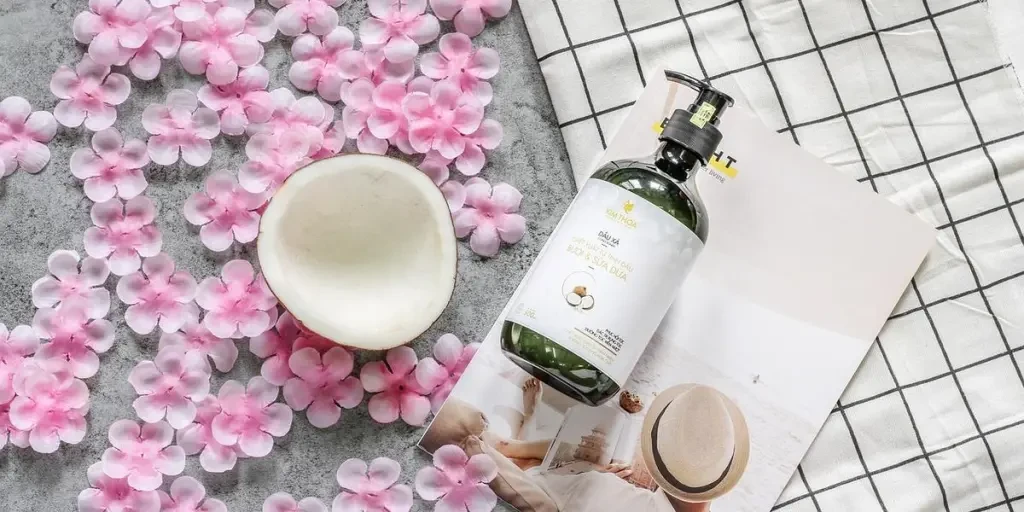
Breakthrough Products Making Waves in the Market
Several new hair repair products are gaining attention for their innovative formulations and impressive results. The Triple Hair Group Inc.’s Plenty Natural line, for instance, features patented and clinically proven natural hair growth products for women. These products prevent thinning and hair loss while stimulating hair growth, making them a popular choice among consumers seeking effective and natural solutions.
Another breakthrough product is the K18 Professional Molecular Repair Mist, which is designed to make hair more resilient prior to salon services. This product leverages biotech-derived Mediterranean microalgae to balance scalp health and control excess oil production, offering a unique approach to hair repair.
Emerging Trends in Hair Repair Formulations
One of the emerging trends in hair repair formulations is the focus on personalized and customized solutions. Companies are increasingly offering products that cater to individual hair types and concerns, allowing consumers to create tailored hair care routines. For example, Function of Beauty lets shoppers customize their shampoo based on their specific hair type and needs, providing a more personalized approach to hair repair.
Another trend is the rise of multifunctional products that address multiple hair concerns in one formulation. Products that combine repair, hydration, and styling benefits are becoming increasingly popular, as they offer convenience and efficiency for consumers. Brands like Briogeo are leading the way with their Style + Treat line, which combines hair health with styling benefits.
Future Predictions for Hair Repair Innovations
Looking ahead, the future of hair repair innovations is likely to be driven by advancements in biotechnology and sustainable practices. The use of AI and machine learning to develop more effective and targeted hair repair formulations is expected to grow, allowing for more precise and personalized solutions. Additionally, the focus on sustainability will continue to shape the market, with more brands adopting eco-friendly ingredients and packaging.
The integration of wellness and self-care into hair repair products is also expected to gain momentum. Products that offer not only hair repair benefits but also promote relaxation and stress relief will appeal to consumers seeking holistic beauty solutions. Overall, the hair repair market is poised for continued growth and innovation, with new technologies and trends driving the development of more effective and sustainable products.
Wrapping Up: Key Takeaways for Sourcing Hair Repair Products
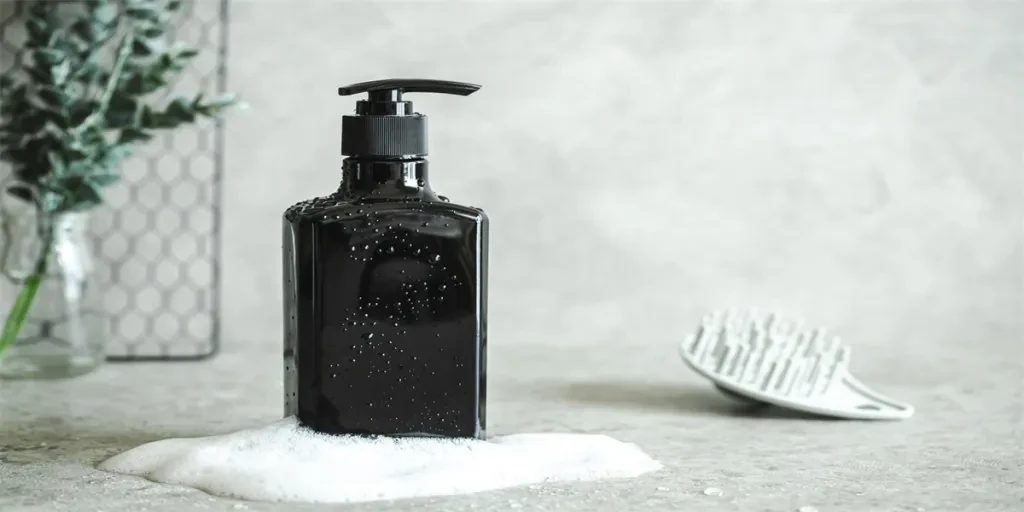
In conclusion, sourcing effective hair repair products requires a deep understanding of key ingredients, product types, and consumer preferences. By focusing on formulations that address common hair repair challenges and leveraging innovative technologies, business buyers can select products that meet the needs of their customers. Staying informed about emerging trends and future predictions will also help to ensure that the products sourced remain relevant and competitive in the market.




